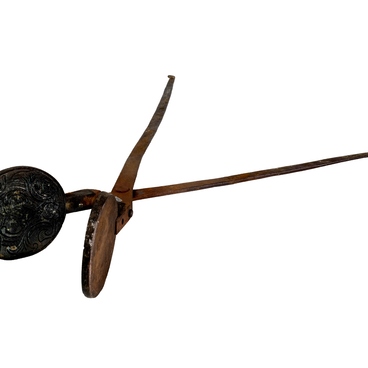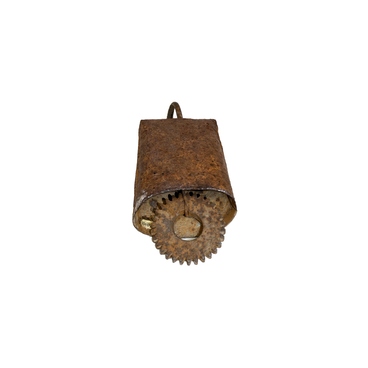The buffet is a cupboard, which was used for storing food, dishes, and utensils. It usually consisted of two partitions: top and bottom. There was a table board between them. The upper shelves could be exposed or glassed. Sometimes the shelves were closed with solid doors, as well as the lower ones. If necessary, both partitions could be locked.
The first cupboards similar to buffets appeared back in the Middle Ages. Such furniture was delivered to Russia from France in the 18th century. It was usual to store dinner services in the upper part, and kitchen utensils, teapots, pans in the lower part. The drawers were intended for knives, forks, and other tableware. In Europe people used to put their family silverware and expensive porcelain on a table board. In Russia, it became a place for a samovar (a metal vessel for boiling water and making tea). It was usually placed on a tray. The vases for fruits and sweets were put nearby.
In the Russian empire, there were several types of buffets depending on the room. Kitchen cupboards were made of inexpensive wood and rarely were decorated. The buffets for living rooms, as a rule, were made of precious woods, e.g. walnut or oak. Carved patterns, inlay, and decorative metal plates graced the doors and the walls.
Buffets were also used in the Soviet period, but more often in rural houses. In cities, kitchen sets and sideboards (low window cases) gradually replaced them.
The wooden buffet, housed in “Nizhnevartovsk Museum of Local History named after T. D. Shuvayev”, is painted white. Its upper part is a double cupboard for tableware. From the very beginning, the doors were glassed. Unfortunately, the glass has not survived to our time. The middle part consists of two small drawers and a niche between them. Previously, a folding table board was attached to the buffet. However, it has not survived either. The doors of the lower part are asymmetrical. There is a drawer for tableware above one of them.
Both parts of the buffet is decorated with planted moldings and skirting boards. There are white porcelain handles on the doors of the buffet. It has low legs, but one of them is lost.
The first cupboards similar to buffets appeared back in the Middle Ages. Such furniture was delivered to Russia from France in the 18th century. It was usual to store dinner services in the upper part, and kitchen utensils, teapots, pans in the lower part. The drawers were intended for knives, forks, and other tableware. In Europe people used to put their family silverware and expensive porcelain on a table board. In Russia, it became a place for a samovar (a metal vessel for boiling water and making tea). It was usually placed on a tray. The vases for fruits and sweets were put nearby.
In the Russian empire, there were several types of buffets depending on the room. Kitchen cupboards were made of inexpensive wood and rarely were decorated. The buffets for living rooms, as a rule, were made of precious woods, e.g. walnut or oak. Carved patterns, inlay, and decorative metal plates graced the doors and the walls.
Buffets were also used in the Soviet period, but more often in rural houses. In cities, kitchen sets and sideboards (low window cases) gradually replaced them.
The wooden buffet, housed in “Nizhnevartovsk Museum of Local History named after T. D. Shuvayev”, is painted white. Its upper part is a double cupboard for tableware. From the very beginning, the doors were glassed. Unfortunately, the glass has not survived to our time. The middle part consists of two small drawers and a niche between them. Previously, a folding table board was attached to the buffet. However, it has not survived either. The doors of the lower part are asymmetrical. There is a drawer for tableware above one of them.
Both parts of the buffet is decorated with planted moldings and skirting boards. There are white porcelain handles on the doors of the buffet. It has low legs, but one of them is lost.



